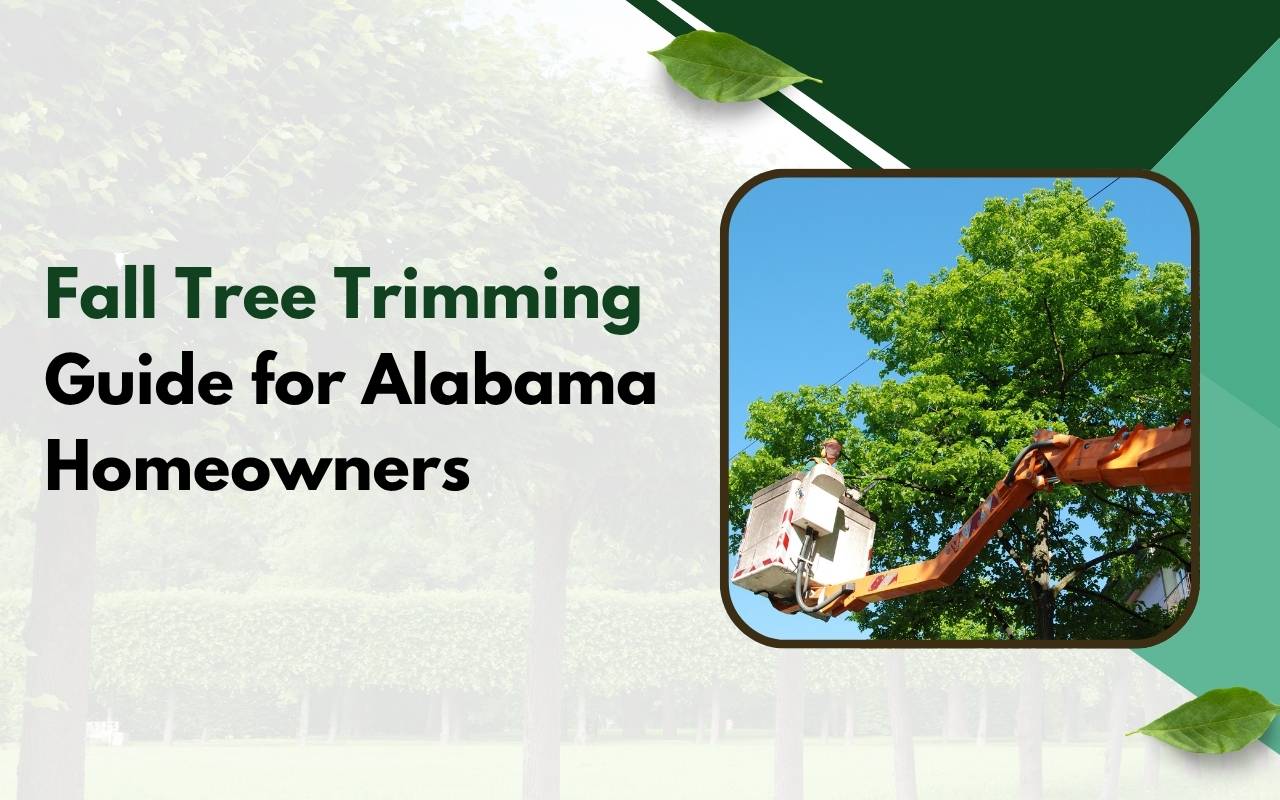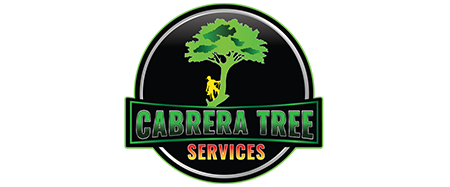
As the air turns crisp and colors fill Alabama landscapes, homeowners think about more than cozy sweaters. Fall is the ideal time to focus on one key home maintenance task: tree trimming. While autumn leaves are stunning, the health and safety of your trees demand attention. This fall tree trimming guide Alabama will help you protect your trees and property. With the right timing and methods, you can reduce risks, extend tree life, and prevent costly damage.
Benefits of Fall Tree Trimming
Many homeowners overlook autumn trimming, yet it offers clear advantages. Following a fall tree trimming guide Alabama property owners rely on, you can:
- Remove deadwood and diseased branches before storms strike.
- Improve tree appearance and encourage healthy growth.
- Reduce spring workload when sap and leaves return.
Trimming during fall also protects against unpredictable storms in Alabama. Weak branches snap easily in bad weather. By shaping the structure now, you promote robust growth and limit insect spread during dormancy. Healthy oaks, maples, and pines become stronger and safer when trimmed in autumn.
Best Practices for Timing Your Tree Trimming
Timing matters greatly. Ideally, prune after leaves drop but before the first freeze. This allows you to see the structure clearly and target deadwood. Cutting too early encourages weak new growth. Waiting too long risks damage from sudden cold snaps. Different species have different needs. For instance, maples trim best during dormancy, while oaks should avoid wet season cuts. Always check local frost dates to make informed decisions.
Identifying Trees in Need of Trimming
Before trimming, assess each tree. Signs to watch for include:
- Dead, cracked, or rubbing branches.
- Clusters of dense shoots blocking airflow.
- Fungal growth or insect infestations.
Spotting these issues early prevents hazards and ensures better tree health. Regular inspections reduce risks of falling limbs during storms.
Tools and Equipment for Tree Trimming
Having the correct tools ensures safe trimming. Essential items include pruning saws, bypass pruners, lopping shears, and pole pruners. For high branches, use a sturdy ladder or stand with stabilizers. Clean, sharp blades create precise cuts that heal faster. Additionally, wear gloves, helmets, boots, and safety glasses. For larger jobs, consider chainsaws or lifts. Using professional-grade tools improves efficiency and safety during trimming.
Safety Precautions During Tree Trimming
Safety is always the top priority. Prepare by clearing obstacles, setting up stable ladders, and keeping pets and children away. Inspect tools before use and plan your cuts to guide branches safely to the ground. Avoid overhead cuts unless trained. Wearing harnesses or working with a spotter greatly reduces risks. Safe habits ensure smoother, accident-free trimming sessions.
Techniques for Proper Tree Trimming
Good technique prevents long-term damage. For large limbs, use the three-cut method: undercut, topcut, and final clean cut. For small limbs, bypass pruners make precise cuts. Always cut near the branch collar, never flush, so healing is faster. Cut at an angle that allows water runoff. Step back regularly to check the tree’s shape and balance. Effective techniques ensure trees remain strong and attractive year after year.
Dealing with Large Branches and Limbs
Heavy branches require careful planning. Use the three-cut process to reduce tearing. Ropes and pulleys help control falling limbs safely. This prevents damage to nearby structures or power lines. If the job feels too complex, hire professionals. Their skills and equipment reduce risks significantly.
Handling Tree Debris and Waste
After trimming, manage the debris properly. Options include:
- Chipping branches into mulch for gardens.
- Bundling small branches for curbside pickup.
- Composting leaves for nutrient-rich soil.
Always follow local regulations for burning or disposal. Recycling debris enriches soil and supports healthier landscapes.
FAQs About Fall Tree Trimming in Alabama
When is the best time to trim trees in Alabama?
The best time is after most leaves have fallen but before the first freeze. This timing reduces risks and promotes strong growth.
How can I tell if my tree needs trimming?
Look for cracked branches, rubbing limbs, dense shoots, or fungal growth. These signs show trimming is necessary.
Do I need special tools for tree trimming?
Basic tools like pruners, saws, and ladders work for most jobs. Larger trees may require chainsaws or lifts.
Is trimming dangerous for homeowners?
Tree trimming can be risky without proper safety precautions. Always wear gear and avoid overhead cuts without training.
Should I hire a professional for large trees?
Yes. Large trees near power lines or structures are best handled by certified arborists with specialized equipment.
When to Consider Professional Tree Trimming Services
DIY trimming works for small tasks, but large or dangerous jobs call for experts. Certified arborists handle complex cases with skill and safety. They also provide health assessments and offer treatments for structural integrity. To learn more or request service, contact our tree experts today.
Maintaining Healthy Trees Year-Round
Following a reliable fall tree trimming guide Alabama homeowners can depend on ensures healthy, resilient trees. Consistent inspections, proper timing, and safe techniques provide year-round benefits. Whether trimming yourself or calling professionals, these steps protect your home and landscape. For trusted trimming services, explore our service details and keep your trees thriving each season.
